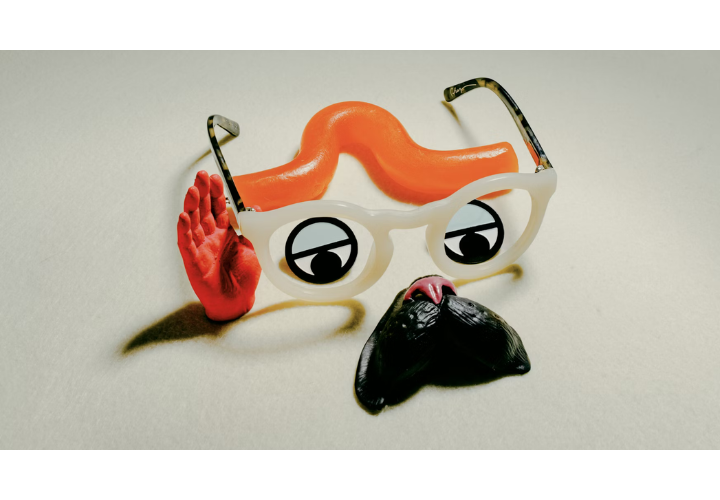
Establishing a personal brand website is a pivotal step in managing your online presence. A well-designed website not only showcases your skills and achievements but also communicates your unique value proposition to your audience. Here’s a guide to the essential elements of a personal brand website and tips for creating a user-friendly and effective site.
Essential Elements of a Personal Brand Website
Clear Branding and Professional Design
Contact Information and Call-to-Action (CTA)
Social Proof and Media Mentions
Tips for Creating a User-Friendly and Effective Website
Enhance User Experience (UX)
Implement Analytics and Tracking
Regular Updates and Maintenance
Essential Elements of a Personal Brand Website
1. Clear Branding and Professional Design
– Logo and Tagline: Incorporate a professional logo and a memorable tagline that encapsulates your brand.
– Consistent Color Scheme and Typography: Choose a color palette and fonts that reflect your personal style and maintain consistency throughout the site.
2. Compelling About Page
– Personal Story: Share your journey, values, and what drives you. Authenticity is key.
– Professional Bio: Include your qualifications, experience, and notable achievements.
3. Portfolio or Work Showcase
– Visuals and Case Studies: Use high-quality images, videos, and detailed case studies to highlight your work and successes.
– Client Testimonials: Display testimonials from clients to build credibility and trust.
4. Blog or Resource Section
– Regular Updates: Provide valuable content related to your field. This demonstrates your expertise and keeps your audience engaged.
– SEO Optimization: Use keywords relevant to your industry to improve search engine rankings.
5. Contact Information and Call-to-Action (CTA)
– Easy-to-Find Contact Info: Include an email address, phone number, and social media links.
– Effective CTAs: Encourage visitors to take action, such as signing up for a newsletter or booking a consultation.
6. Social Proof and Media Mentions
– Press Features and Awards: Highlight any media coverage or awards you’ve received.
– Social Media Integration: Embed your social media feeds and encourage visitors to follow you.
Tips for Creating a User-Friendly and Effective Website
1. Simplify Navigation
– Intuitive Menu Structure: Ensure your website’s navigation is simple and intuitive. Use clear headings and subheadings.
– Breadcrumbs: Use breadcrumb navigation to help users understand their location on the site.
2. Optimize for Mobile Devices
– Responsive Design: Ensure your website is mobile-friendly and looks great on all devices.
– Fast Load Times: Optimize images and use efficient coding practices to reduce load times.
3. Enhance User Experience (UX)
– Readable Content: Use clear and concise language. Break up text with headings, bullet points, and images.
– Interactive Elements: Incorporate interactive elements like forms, quizzes, or videos to engage users.
4. Implement Analytics and Tracking
– Google Analytics: Use analytics tools to monitor visitor behavior and website performance.
– Feedback Forms: Include forms to gather feedback from visitors about their experience on your site.
5. Regular Updates and Maintenance
– Content Refresh: Regularly update your content to keep it relevant and fresh.
– Technical Maintenance: Perform regular technical checks and updates to ensure smooth functionality.
Creating a personal brand website is an ongoing process that requires attention to detail and a commitment to quality. By incorporating these essential elements and following the tips for user-friendly design, you can build an effective online presence that truly represents your personal brand.
For professional assistance in creating or enhancing your personal brand website, consider reaching out to experts like Character30 who specialize in personal branding and digital strategy.




Leave a Reply